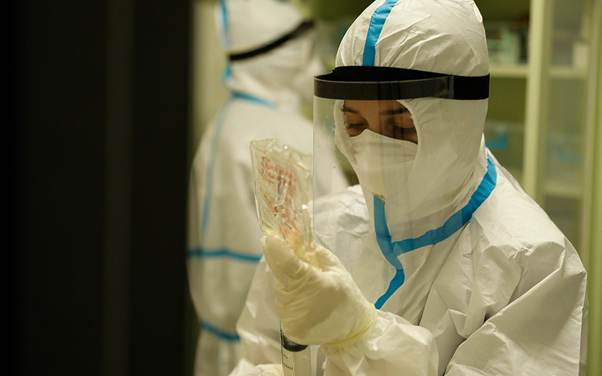Remote and offshore facilities such as oil rigs, research stations, and isolated industrial plants face unique challenges regarding maintaining hygiene and controlling contamination risks. The distance from urban centres, limited resources, and environmental constraints make it harder to execute effective microbial control. Bio decontamination services must therefore plan with precision, ensuring that logistics align with both operational safety and regulatory standards. Decontamination success in these environments depends on a mix of thorough risk assessment, tailored technology deployment, and disciplined coordination.
Assessing Risk Profiles in Isolated Environments
Decontamination strategies for remote or offshore sites begin with a detailed evaluation of potential contamination sources. Unlike urban facilities, where assistance and replacements can arrive quickly, these sites often operate for long periods without external support. Risk profiles must factor in not only microbial threats but also environmental conditions such as humidity, salt corrosion, and temperature extremes. For instance, offshore oil platforms may require microbial control in confined areas where ventilation is limited, while polar research stations must consider how freezing conditions affect sterilisation agents. Bio decontamination services tailor these assessments to anticipate logistical bottlenecks and prevent operational downtime.
Equipment and Material Transportation
One of the most critical logistics challenges is getting the right equipment to the site. A decontamination company working offshore or in remote areas must navigate long shipping times, weight restrictions, and customs clearances for hazardous materials. Portable systems are preferred, but they must still meet the same efficiency standards as large-scale equipment. Transport planning often includes redundancy measures, spares for critical components and duplicate sterilisation units, to avoid mission failure if primary systems malfunction. Once air transport is used, especially for offshore rigs or island facilities, the bio-decontamination equipment must comply with strict safety and packaging regulations for flammable or pressurised agents.
On-Site Resource Limitations
Remote and offshore facilities typically operate with restricted storage, power supply, and water availability. This limitation shapes how bio decontamination services deploy their solutions. For example, chemical sterilisation agents must be measured precisely to avoid shortages mid-process, and power-efficient systems become essential when generators are the only energy source. Waste management also plays a significant role, as contaminated materials cannot always be disposed of immediately. A decontamination company, in many cases, will integrate temporary containment systems to hold waste until it can be transported to approved disposal facilities.
ALSO READ: A Healthy Ship is a Happy Ship: Avoiding the Risks of Air Duct Contamination
Coordination with On-Site Personnel
Successful decontamination in isolated environments relies on close collaboration between external specialists and on-site staff. A bio decontamination services provider must coordinate schedules to minimise disruption to critical operations, particularly in facilities where downtime directly impacts revenue or research output. Training on-site teams to handle certain preparatory and follow-up tasks can also reduce the number of external personnel needed, which is critical in locations where accommodation space and safety protocols limit the number of visitors. Remote communication tools, such as live video inspections and digital documentation, are increasingly used to streamline coordination without requiring constant physical presence.
Emergency Response Planning
The ability to respond to contamination incidents quickly is essential in remote or offshore facilities. This instance requires a contingency plan that includes pre-positioned supplies, rapid mobilisation protocols, and identified transport routes for emergency deployment. Some decontamination companies maintain strategic partnerships with local transport providers or operate dedicated service vessels for offshore work. Time is critical for biohazard events, and having pre-approved operational clearances can save hours or even days in response time. Simulated drills are often conducted to ensure all parties understand their roles during an actual contamination event.
Technology Adaptation for Harsh Conditions
Harsh climates and unstable environments demand that decontamination equipment be adapted for resilience. This approach can include corrosion-resistant materials for marine conditions, insulated systems for extreme cold, or sealed units to withstand high humidity. The decontamination company must ensure that sterilisation processes remain consistent even when environmental variables fluctuate. Automated bio-decontamination units, remote monitoring sensors, and battery-powered air filtration systems are examples of innovations that help maintain operational standards in challenging settings.
Conclusion
Executing bio decontamination services for remote or offshore facilities requires more than simply transferring urban strategies to isolated locations. It involves meticulous planning for transport, resources, and personnel, alongside tailored solutions for the environmental and operational constraints of each site. A decontamination company that masters these logistics not only ensures regulatory compliance but also safeguards productivity and worker safety in some of the world’s most inaccessible workplaces.
Visit BELFOR and ensure your remote or offshore operations remain contamination-free.


